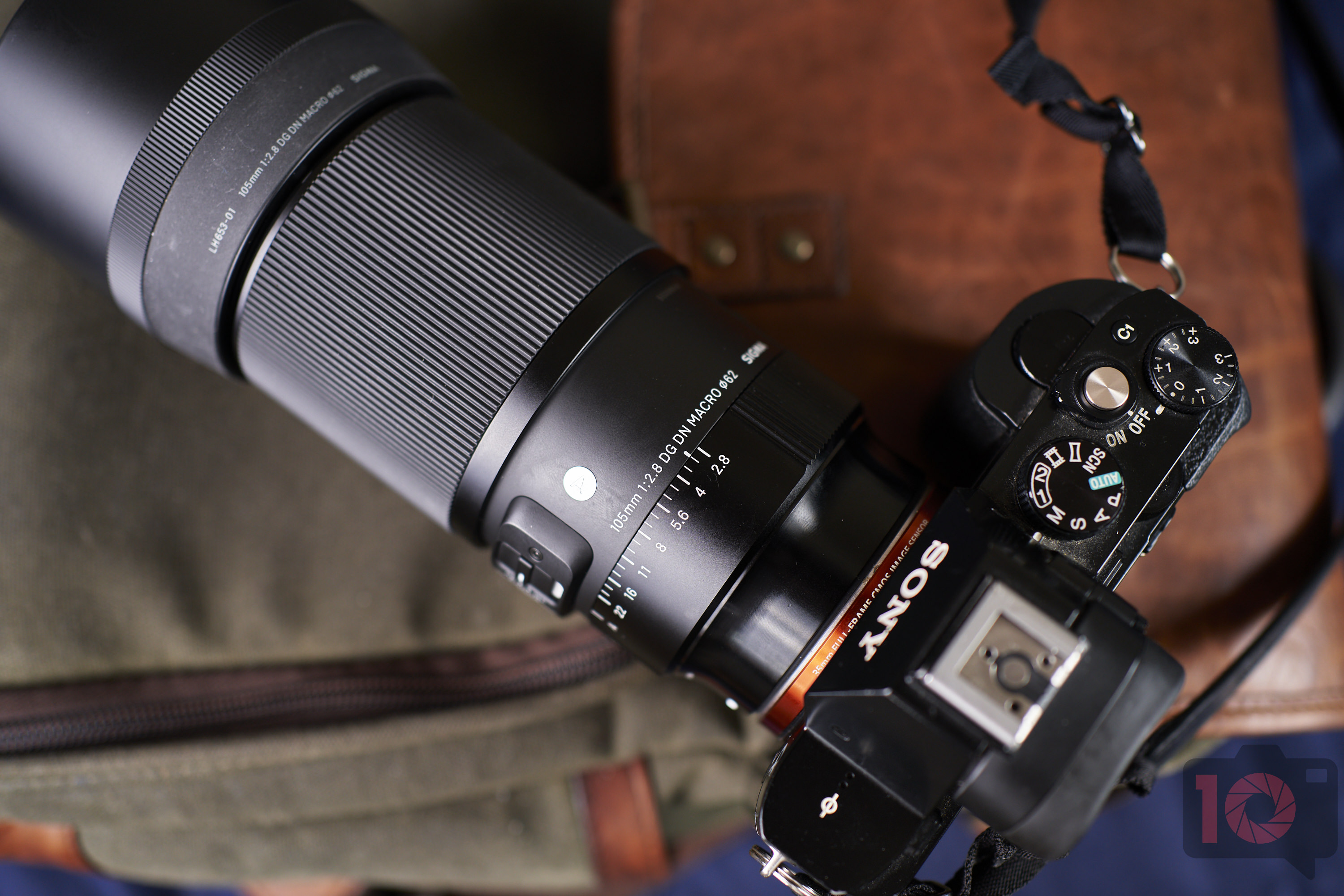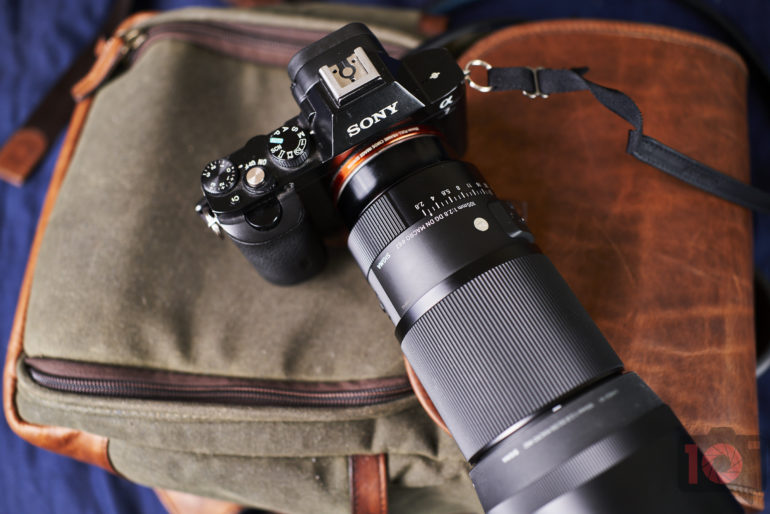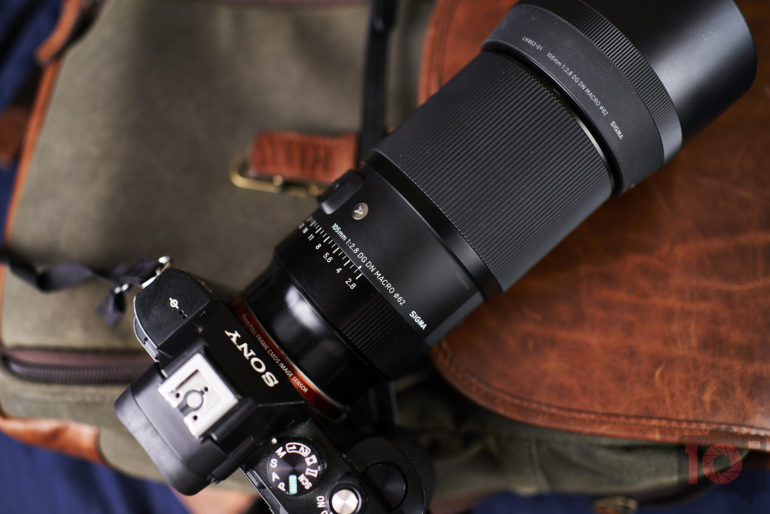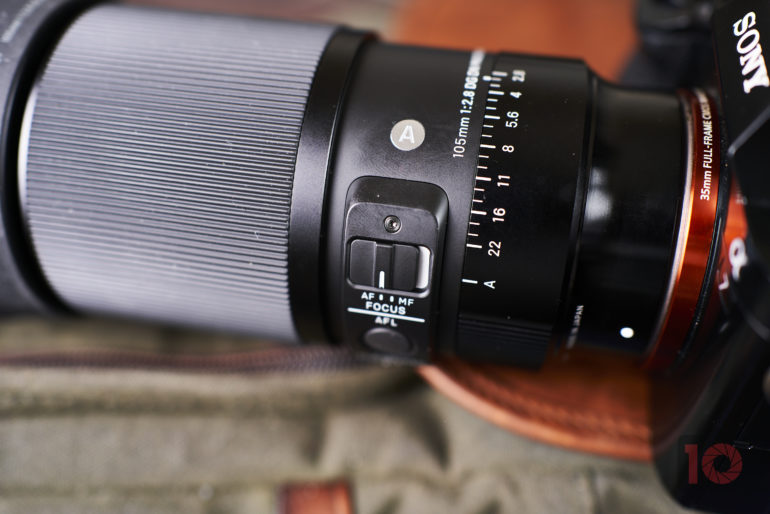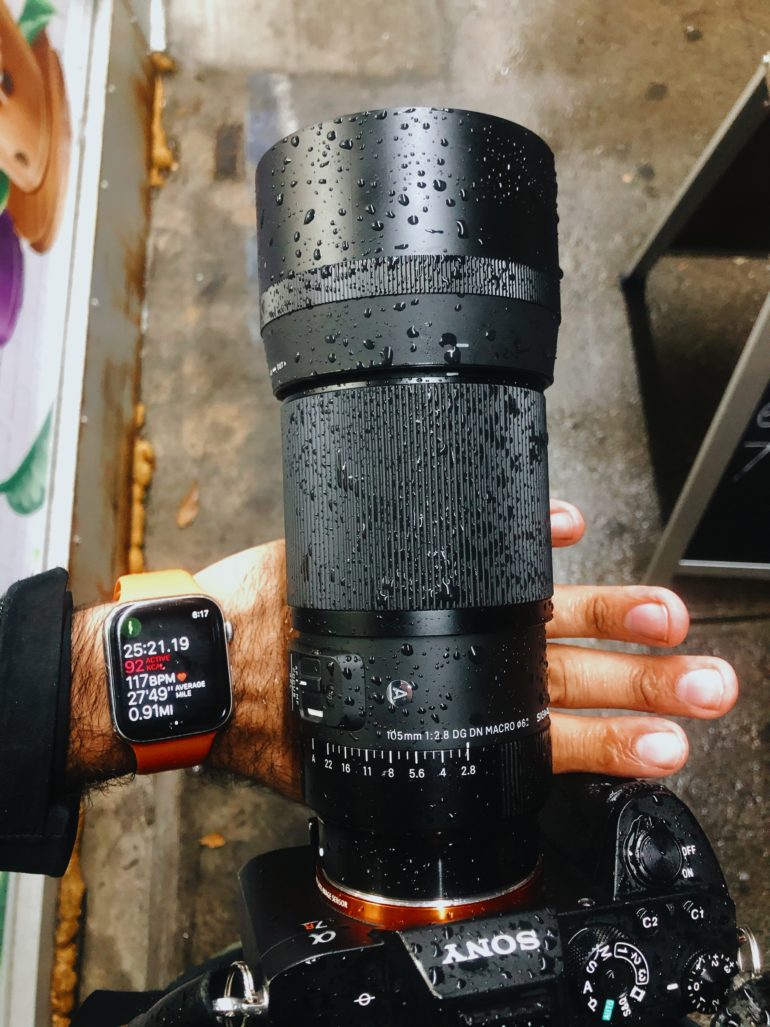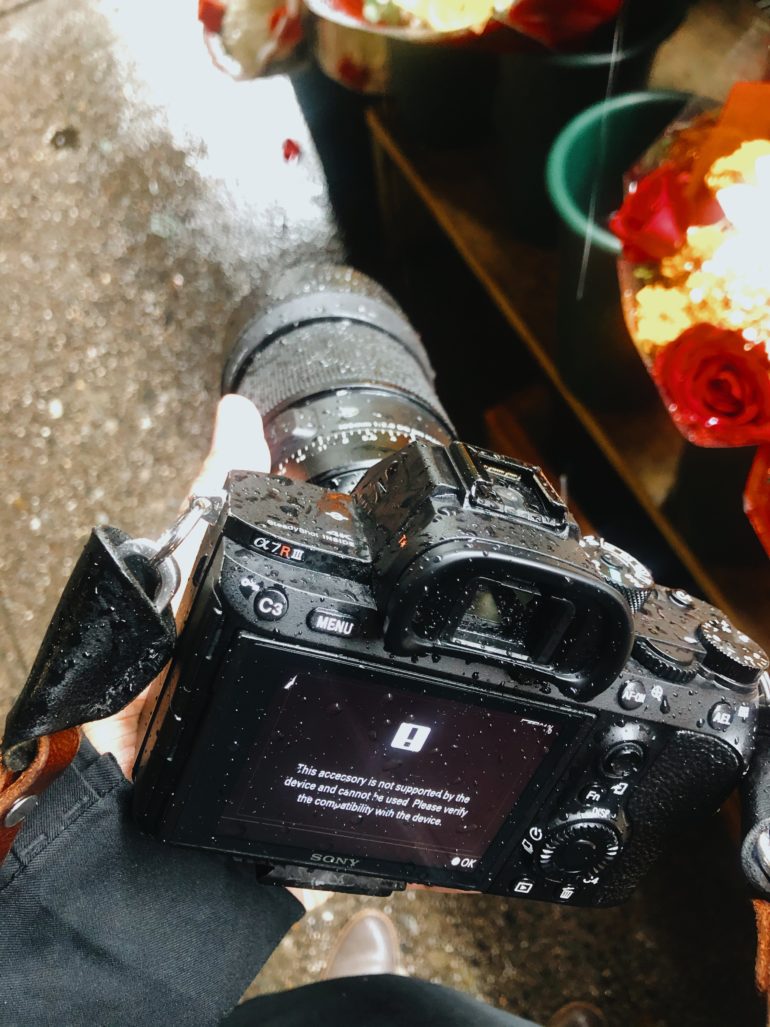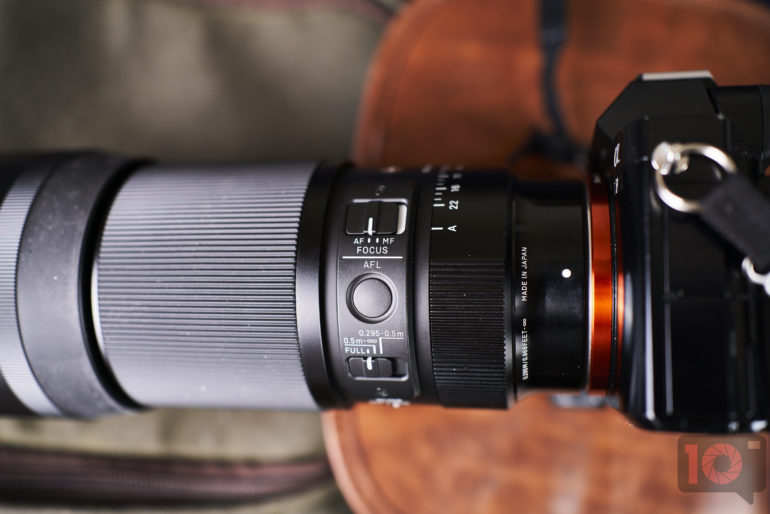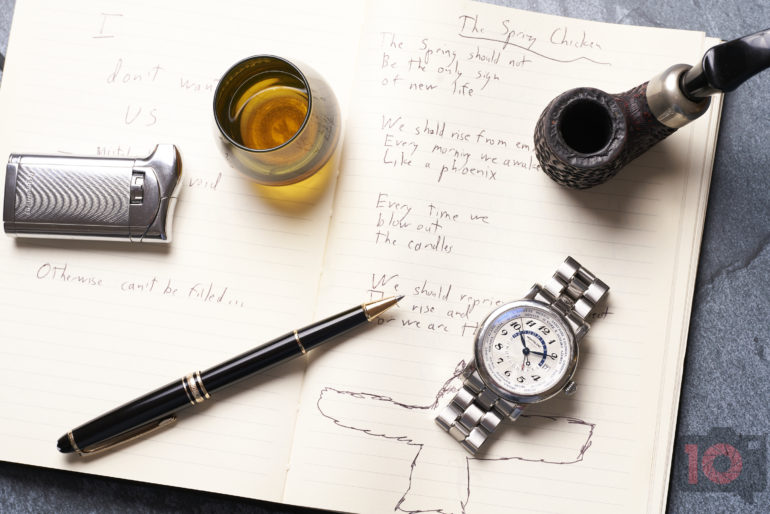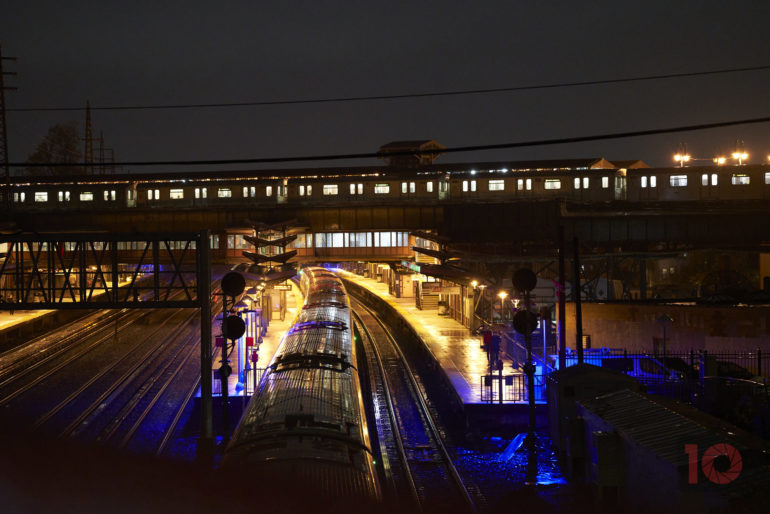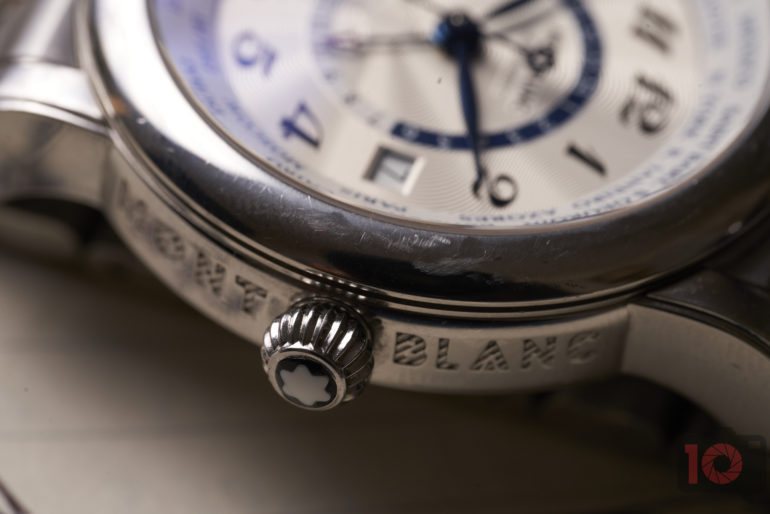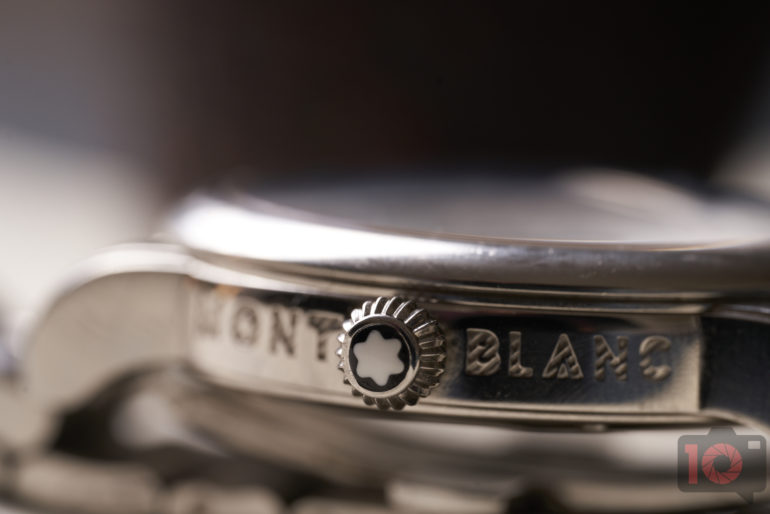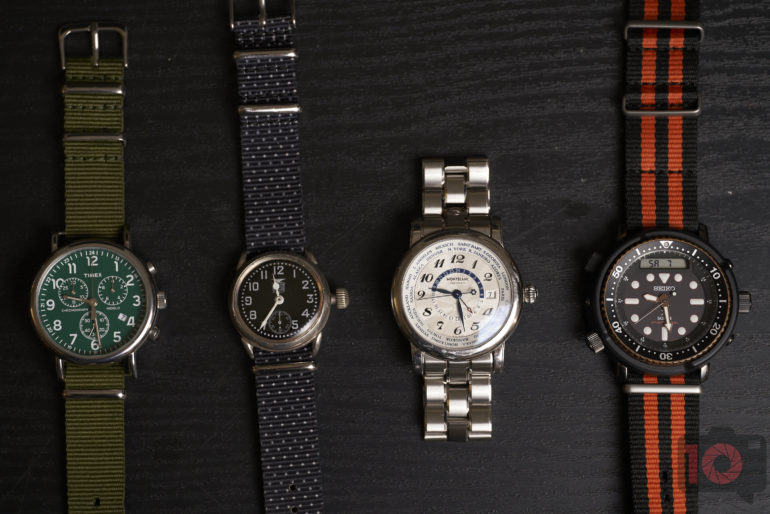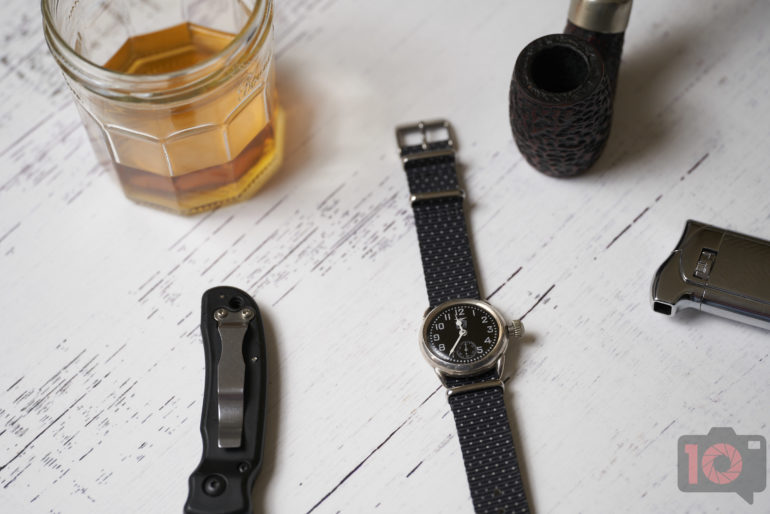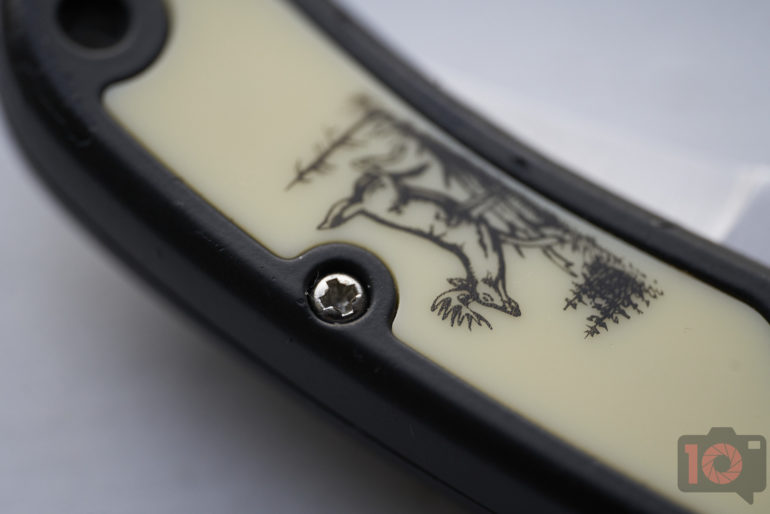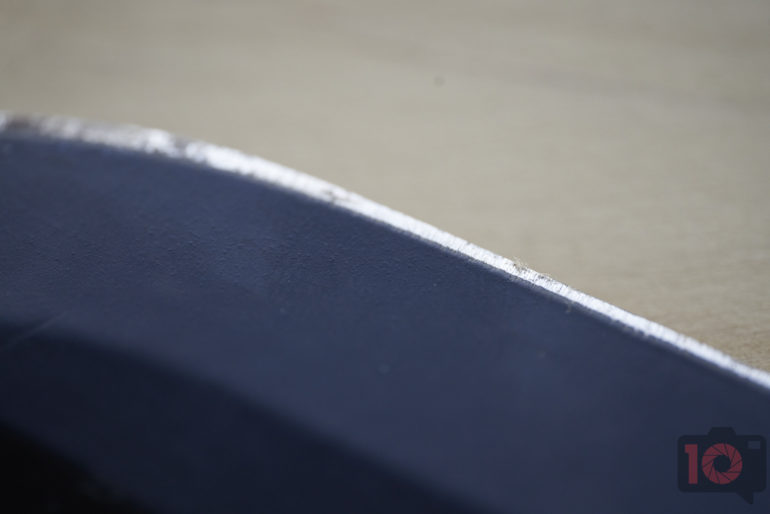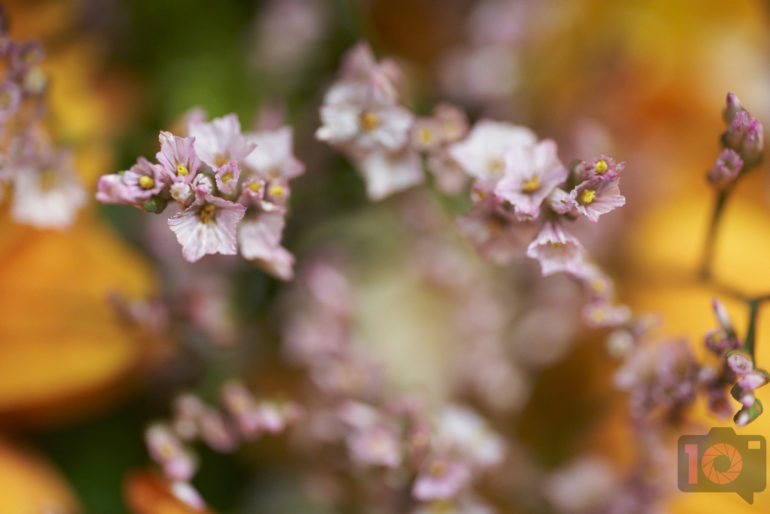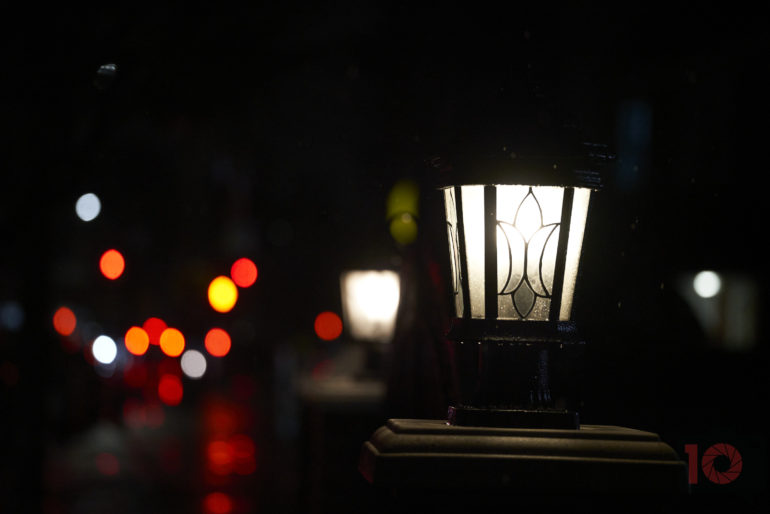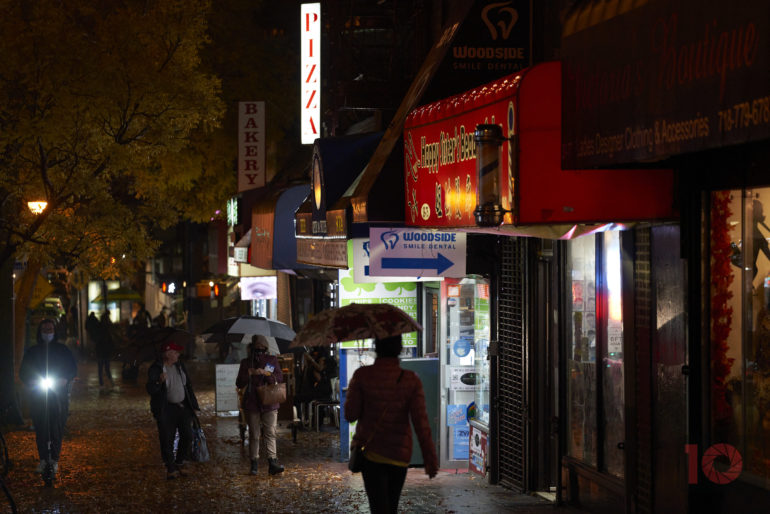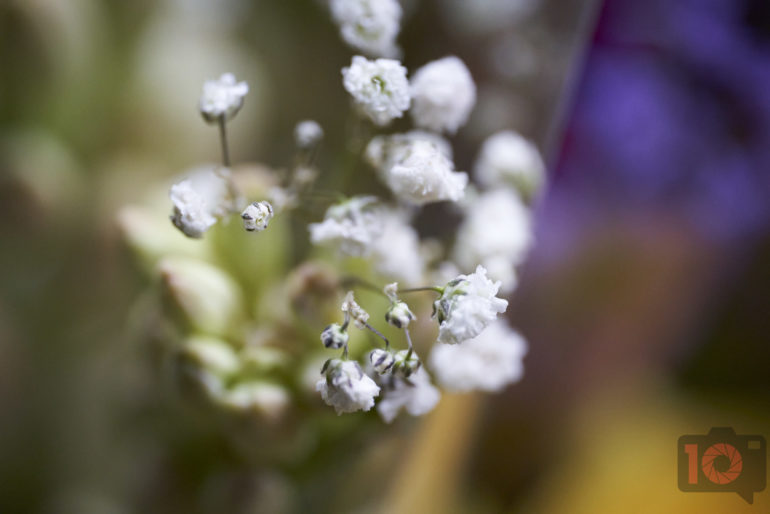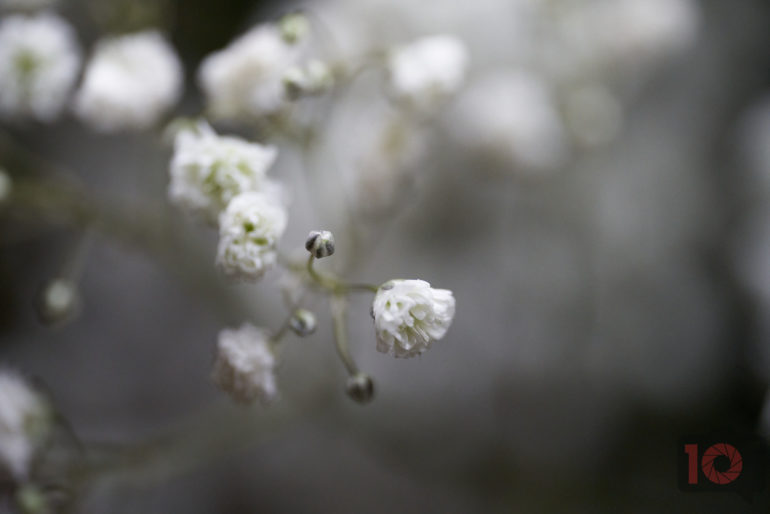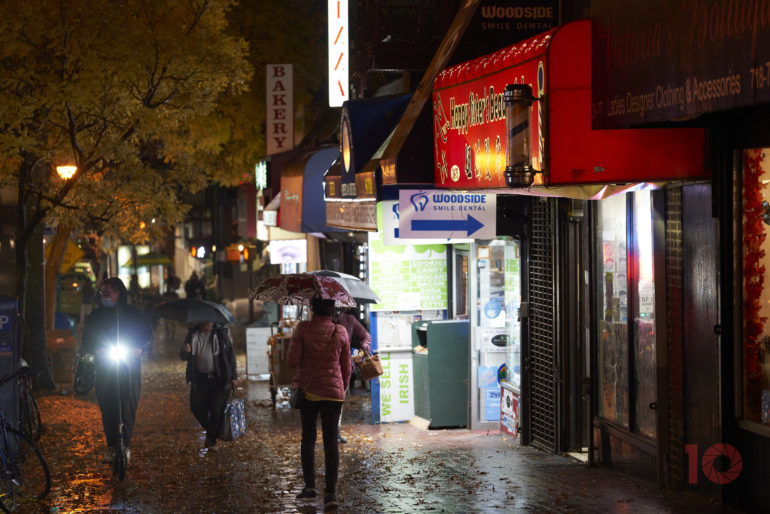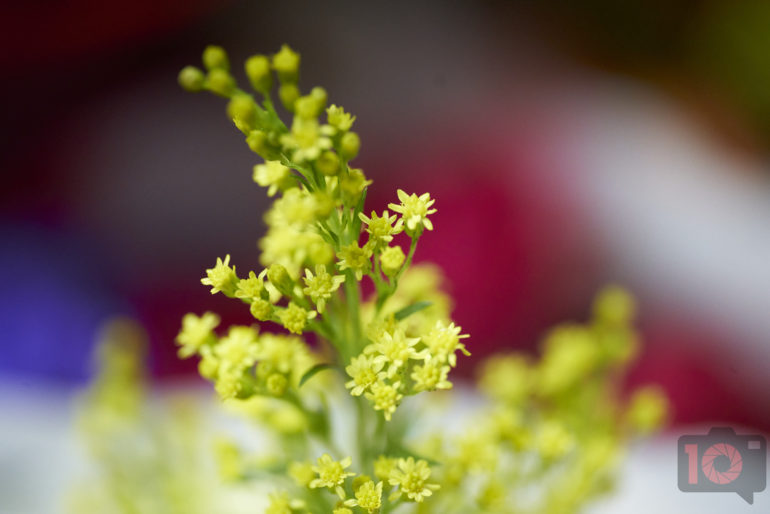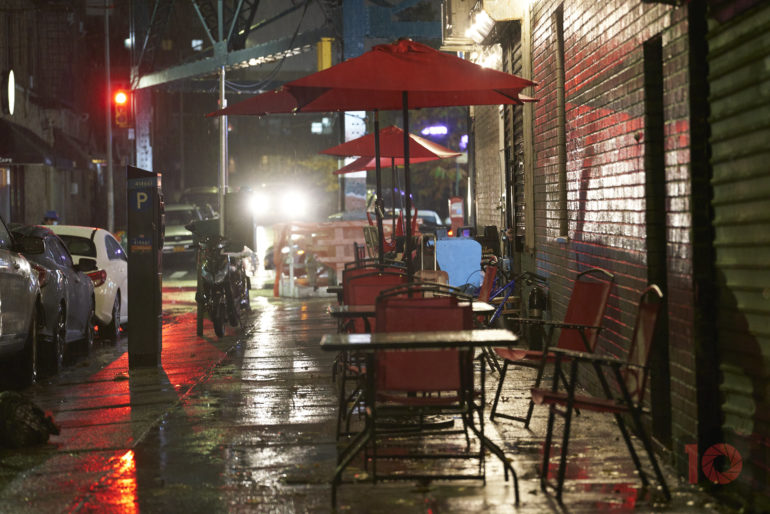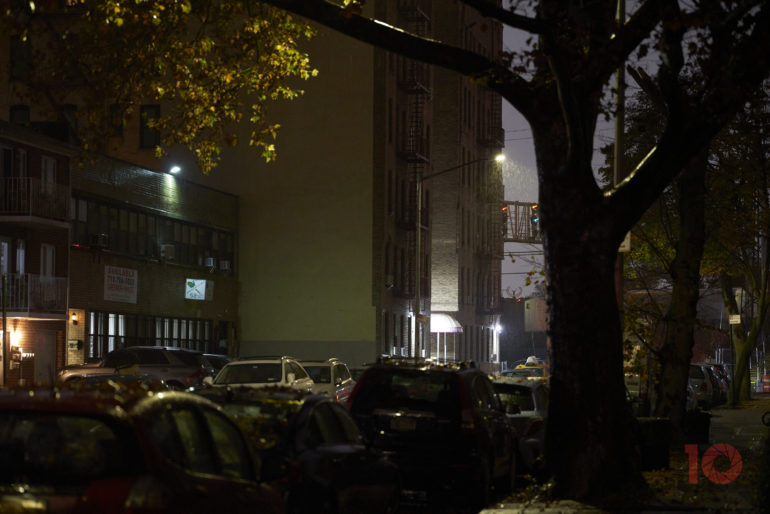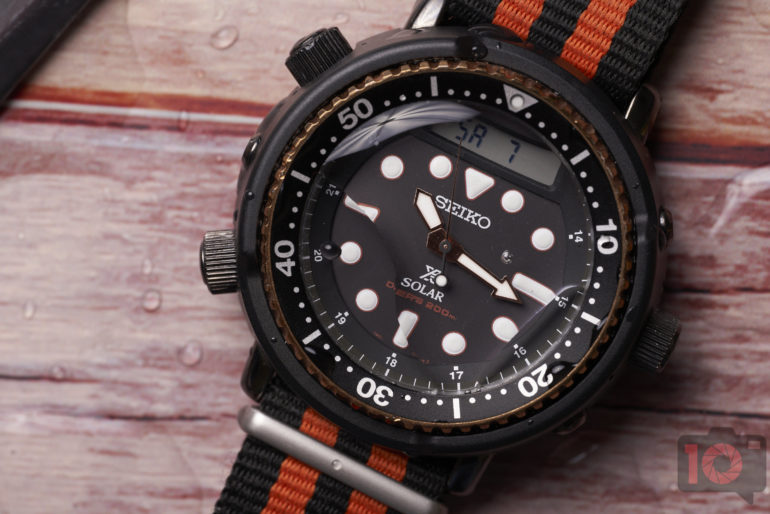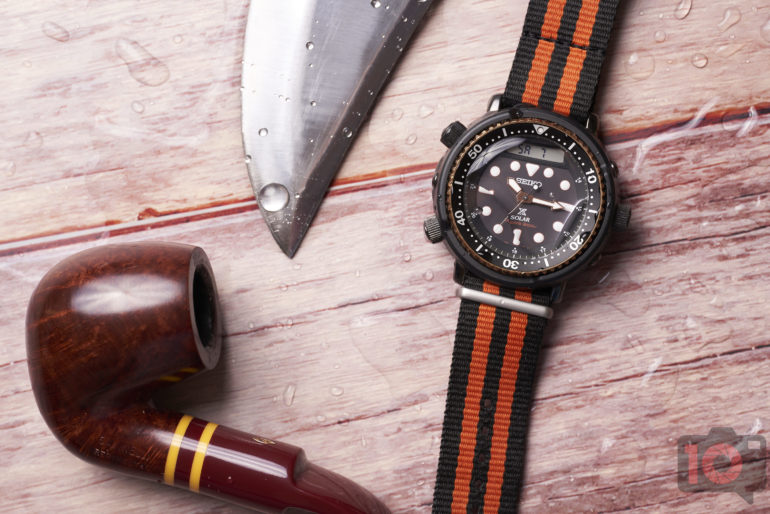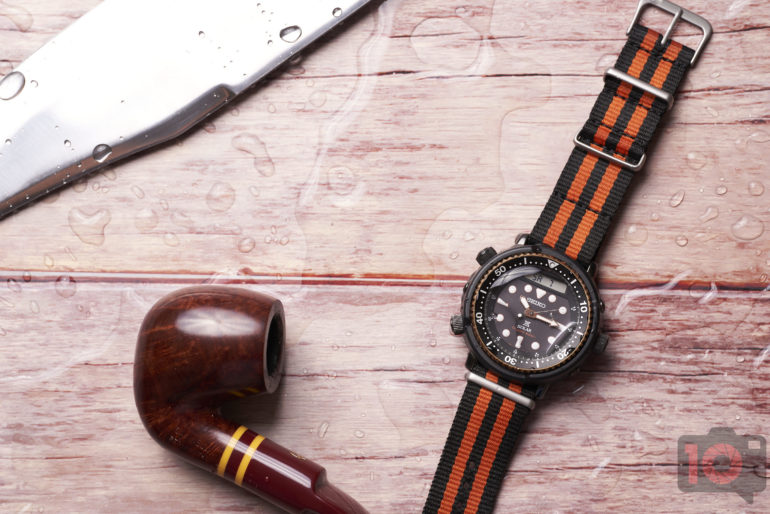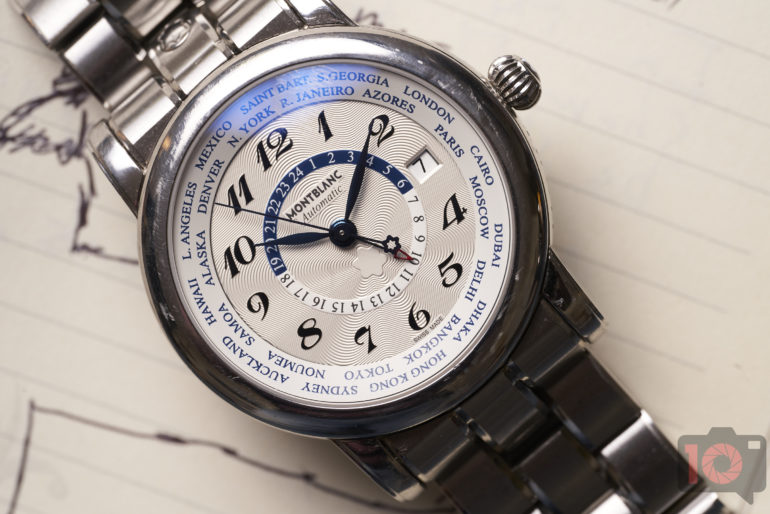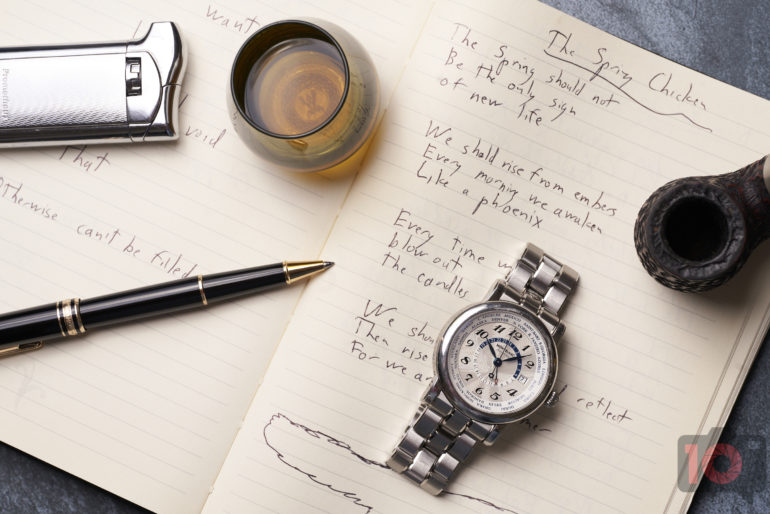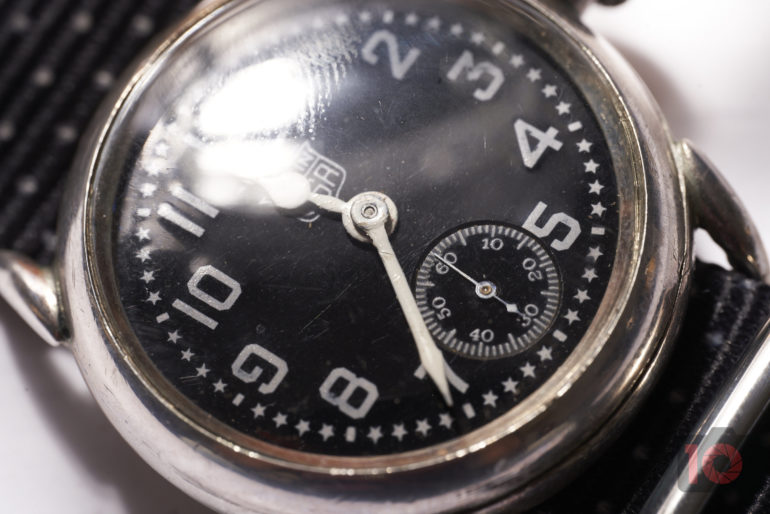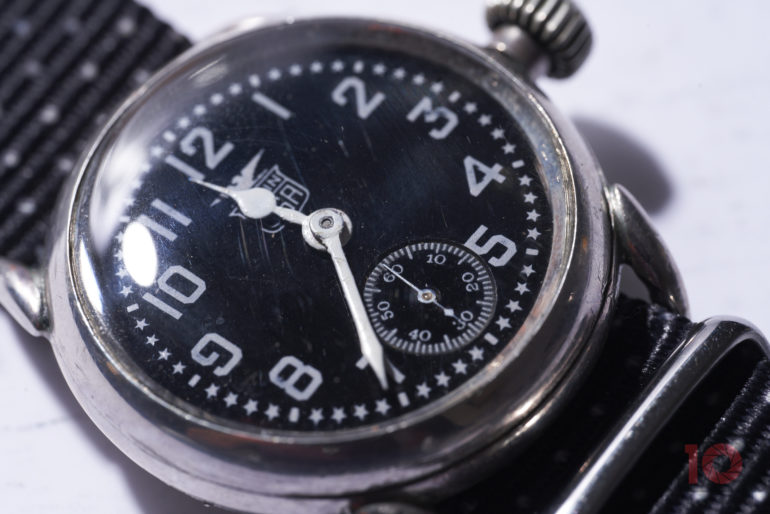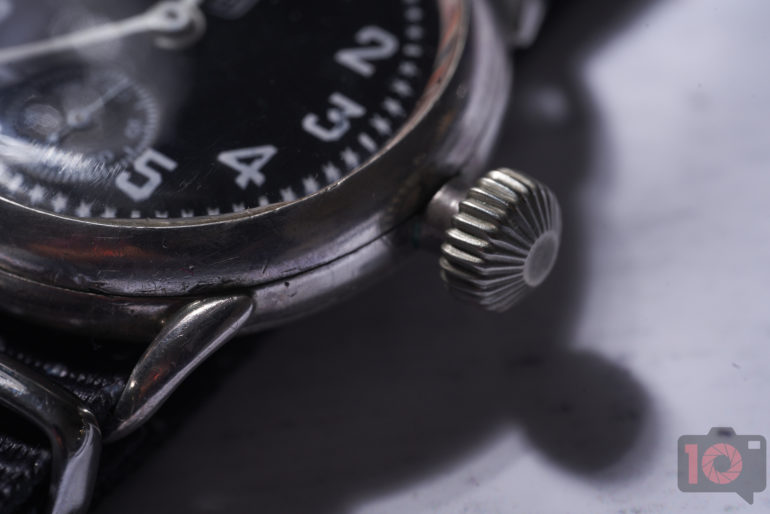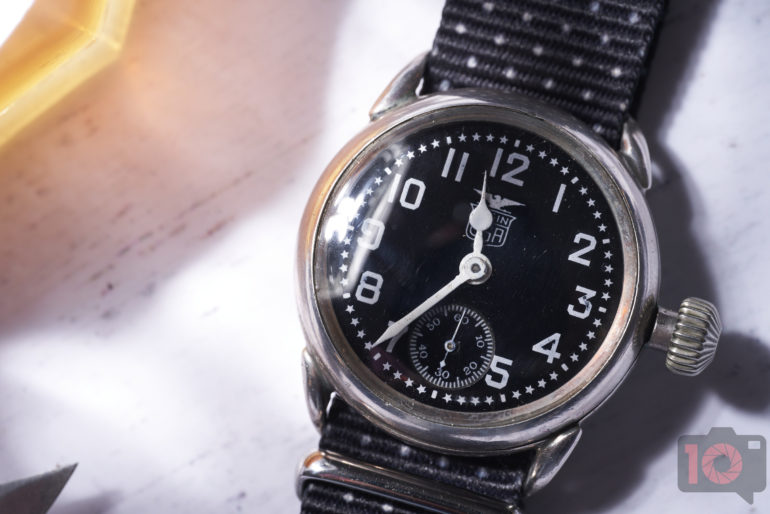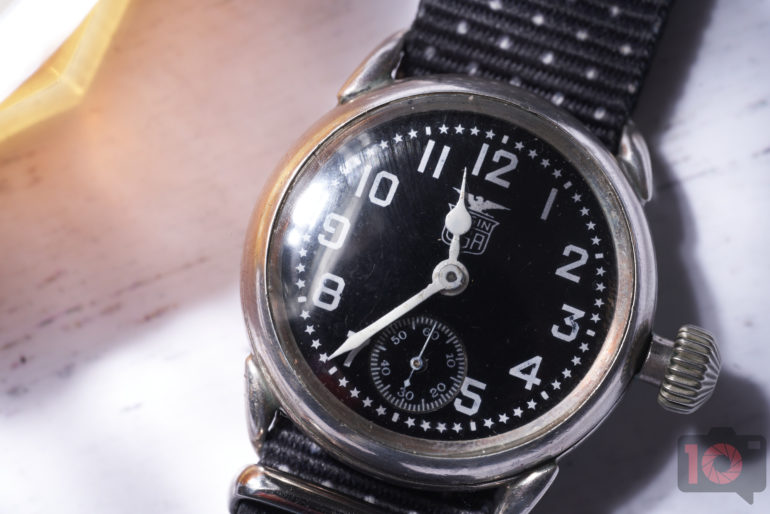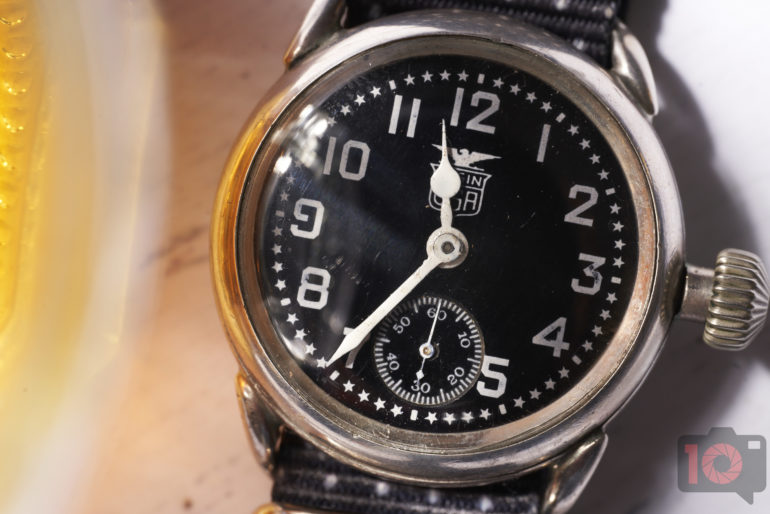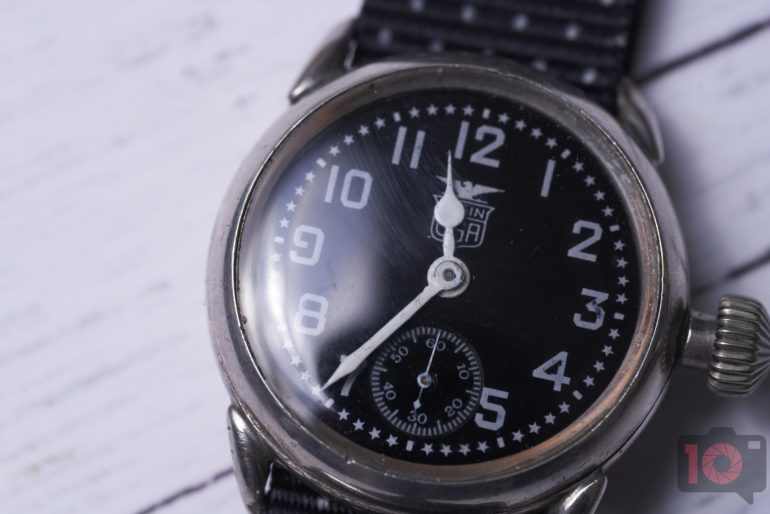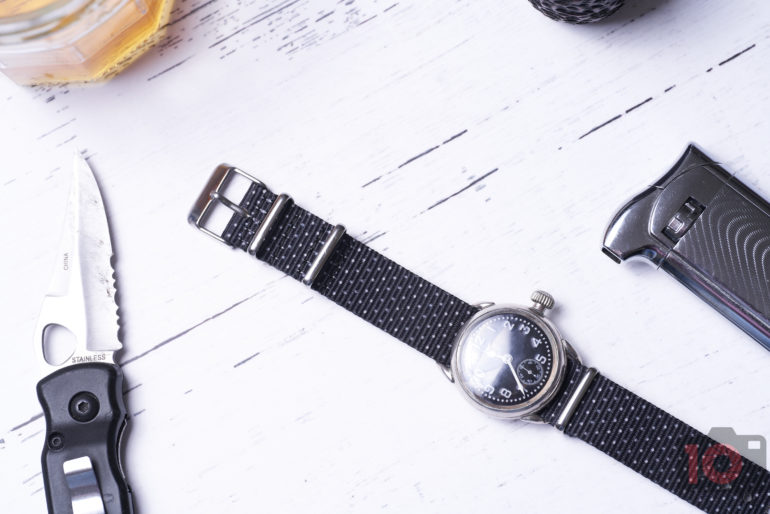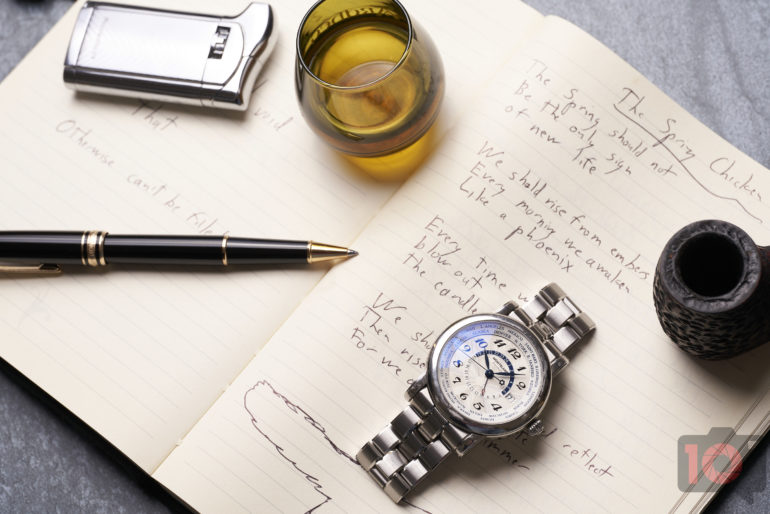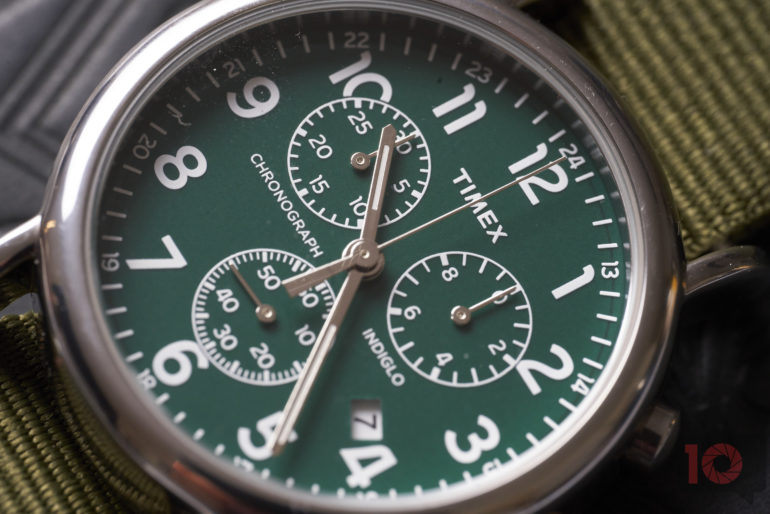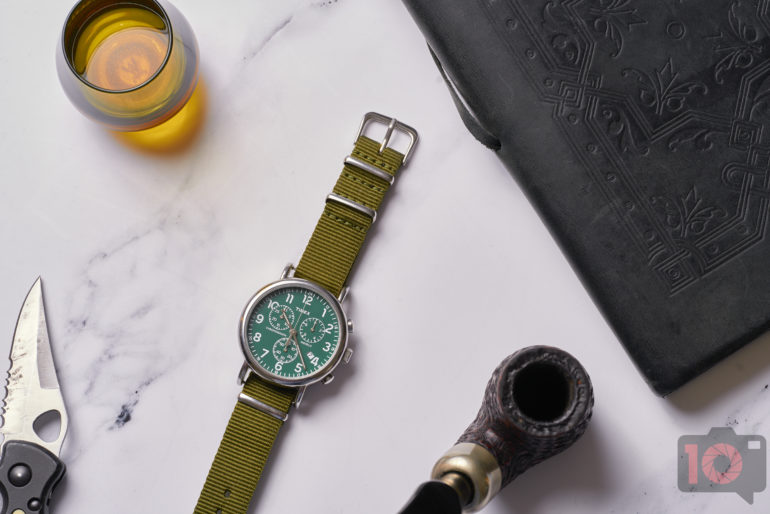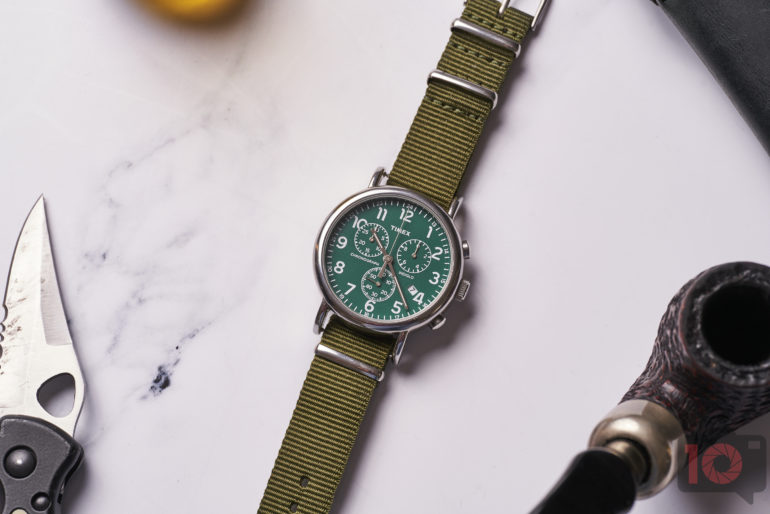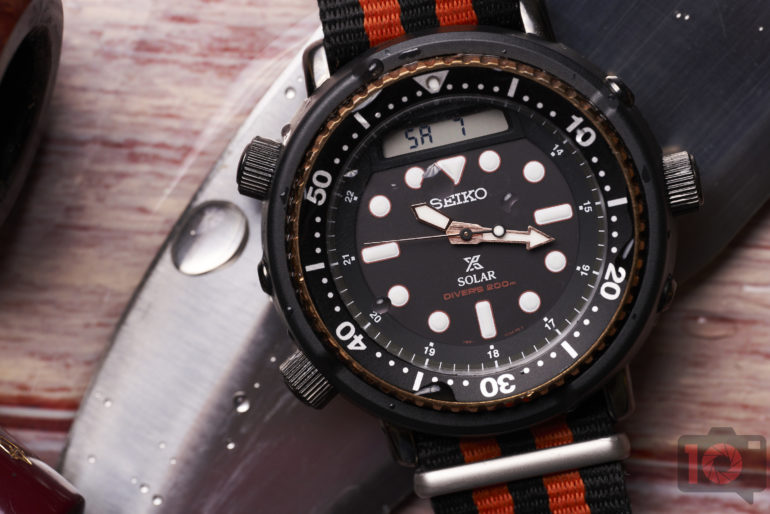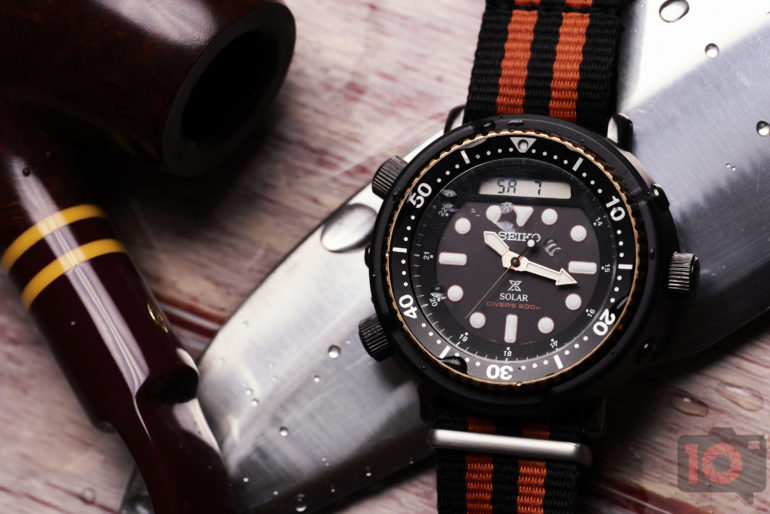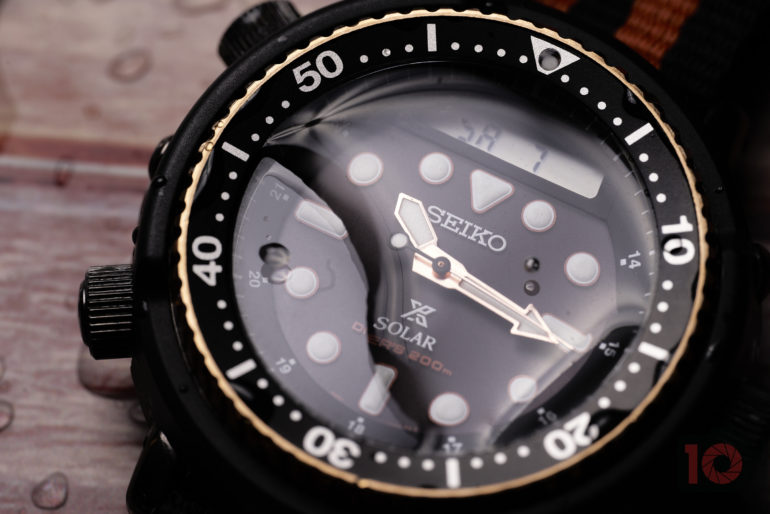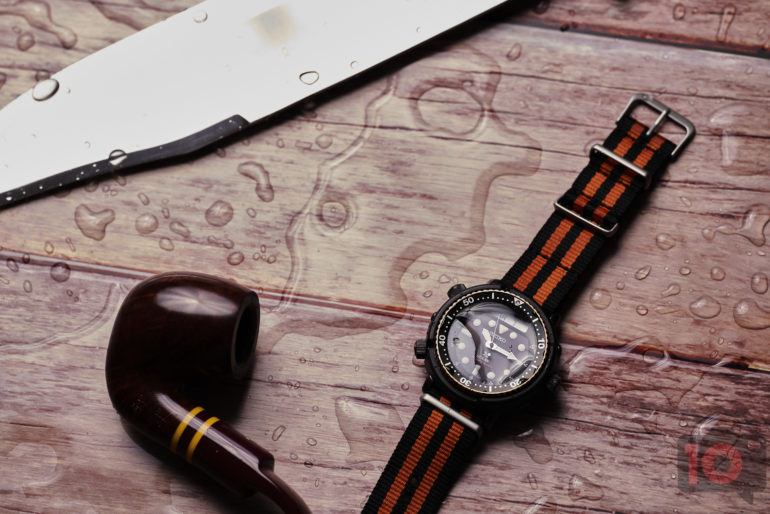The Sigma 105mm f2.8 DG DN Macro Art is super sharp, but you need to understand its flaws.
When I showed images from this lens to our Pro Camera Reviews audience, they were stunned. Rightfully so! The Sigma 105mm f2.8 DG DN Macro Art is highly capable of being super sharp. Of course, the best and sharpest results come with an off-camera flash. And if you’re social distancing or staying inside, this lens can be incredibly fun to use! Better yet, it also makes for a great portrait lens. Best of all, it’s incredibly well built! And despite all this, it has a very affordable price. Part of me wishes that Sigma charged more and added image stabilization, for as steady as I am, it can still be a tad difficult to work with.
Table of Contents
Pros and Cons
Pros
- Very sharp
- Much better weather sealed than some Sony camera bodies
- Lightweight
- Focuses just as fast on newer bodies as it is on older bodies
- Beautiful bokeh
- The Focus limiter helps so much
- Super affordable at $795
Cons
- No image stabilization
Gear Used
We tested the Sigma 105mm f2.8 DG DN Macro Art with the:
Tech Specs
These specs have been summarized from the LensRentals listing
- 1:1 Macro
- 5.5-inch minimum focusing
- 9 aperture blades
- Weather sealing
- 2.9-inch diameter
- 62mm filter thread
- 12 elements and 7 groups
- 5.3 inches long
- 1.6 lbs
- f22 minimum aperture
Ergonomics
The Sigma 105mm f2.8 DG DN Macro Art is a long, fairly thin lens. And it’s luckily only got a few controls. Those controls are still incredibly important to using the lens. Starting from the mount, you’ll run into the aperture ring. In front of that are various switches. Then there is the super large focusing ring. That’s where your hand will be most of the time.
The aperture ring has a click and de-click function. Most people who use Sony cameras might not use the aperture ring, but personally speaking, I prefer to use it. If you’re more classically trained, you’ll probably end up using it. And if you shoot cinema, you’ll most likely use it de-clicked.
On either side of the lens, there are switches. There is a de-click and click function, as well as an autofocus/manual focus switch. Additionally, there is a function button and a focus limiter. The limiter will be significant.
Build Quality
The build quality of the Sigma 105mm f2.8 DG DN Macro Art truly surprised me. As I tend to do, I went out for a long walk in the rain. This lens was attached to the Sony a7r III. To track my fitness, I record how many calories and the length of time I go on walks. As you can see in the image above, the camera and lens were out in the rain for around half an hour.
The hot shoe on the Sony a7r III started to malfunction before the Sigma 105mm f2.8 DG DN Macro Art did. To clarify that a bit more, the lens didn’t malfunction at all. This was surprising because I feel like the rubber gasket around the mount isn’t that substantial. But it survived the storms with no problems.
In the hand, the Sigma 105mm f2.8 DG DN Macro Art is incredibly lightweight. There’s a tiny bit of heft to it to make it not feel cheap. Your hand will spend most of the time around the big focusing ring. And it can easily slide back to the aperture ring if you want to use it, which I used half of the time. The lens balances well with Sony a7 camera bodies.
Ease of Use
The Sigma 105mm f2.8 DG DN Macro Art really needs you to take part in the process. The key to it is the focus limiter switch. If you want to shoot macro photos, then you’ll need to engage the according setting. Want to focus further away? Engage the switch again. Focusing manually takes a long time because of the long focus throw. You can see more of how it performs in our segment on the weekly Pro Camera Reviews show above this paragraph.
Image stabilization could help this lens a lot in low light. The cameras are competent for sure. But the addition of lens-based stabilization would have put it over the top.
I originally received this lens in L mount, and some weird things happened. On the Panasonic S5, it set the camera to default to the 4/3rds aspect ratio. It also didn’t recognize the lens, so I had to set the camera to shoot without the lens function. That’s super weird because Sigma and Panasonic share a common mount. Then I tried it on the Panasonic S1. And with that camera, the autofocus was super slow. After sending the lens back to Sigma, they said that they couldn’t reproduce what I experienced. Weird, huh?
Autofocus
This is a bit of a mixed bag. So it’s probably best that I describe this in bullet points:
- The Sigma 105mm f2.8 DG DN Macro Art is just as fast on the Sony a7 original as it is on the Sony a7r III.
- It takes around 5 to 8 seconds to get from the closest focusing to infinity.
- This lens will struggle really hard in low light. Sigma will often say that it’s a problem with the camera. But Sigma is also a licensed Sony supporter with the E mount, so they tend to work with Sony on these kinds of things.
- In good lighting, it’s a speed demon.
- It’s pretty wonderful for portraiture with both face and eye detection being solid.
- The continuous focus in the wide-area mode is pretty quick in good lighting.
- The continuous focus in wide-area is awful slow in bad lighting.
Image Quality
Personally speaking, I like the Sigma 105mm f2.8 DG DN Macro Art. The image quality is outstanding. It’s highly capable here, but performance-wise, it’s a very traditional lens. You need a flash or off-camera lighting with it. And you also will do a great job with it using it as a portrait lens. Further, the bokeh is beautiful.
Bokeh
It’s beautiful through and through. The bokeh will be more pronounced when shooting macro images. If you’re shooting portraits, know that it’s also no slouch. You’ll enjoy those out of focus areas for sure.
Chromatic Aberration
In our tests, we couldn’t find any issues with purple fringing. Further, there are also no problems with distortion or lens flares that we were able to create.
Color Rendition
The colors from the Sigma 105mm f2.8 DG DN Macro Art are really nice and vivid. That’s very important for macro work. When shooting portraits, I also found the lens to be very vivid. However, Sigma surely makes wide-angle lenses that are far more tuned into saturation.
Sharpness
One thing I wish this lens really has built-in is a Polarizing filter. No one has really done anything like this. But if there were a ring on the lens that lets you dial in the polarizing effect, you’d potentially get even greater clarity in your photos. And for a macro lens specifically, this would be huge. It would cut down on so many reflections. Of course, you can just put one on the front, but I think that lenses should now come with stuff like this.
Otherwise, the Sigma 105mm f2.8 DG DN Macro Art is incredibly sharp when you use it with a flash. That’s when you’ll get the specular highlights that really show off what it can do. Coupled with a high megapixel camera body, you’ll be floored by the details you get.
Extra Image Samples
The following images were edited with minor edits.
Conclusions
Likes
- Sharpness
- Weather sealing
- Lightweight
- Manageable size
- Very affordable
Dislikes
- I really wish Sigma charged us more and included image stabilization.
There are probably lots of folks who say that their L and E mount cameras have image stabilization. But trust me, it’s not enough at times. I’m incredibly steady, but in low light settings, it can still be difficult to work with. It’s absolutely ideal to use with a flash, though. And that’s where I think the Sigma 105mm f2.8 DG DN Macro Art really belongs. Ideally, have a tripod if you’re a newer photographer, use it in a studio, and you’ll be rewarded with some incredibly sharp photos. If you want to take it out into the rain, know that the lens will function just flawlessly.
The Sigma 105mm f2.8 DG DN Macro Art receives five out of five stars. Want one? They’re $795.


